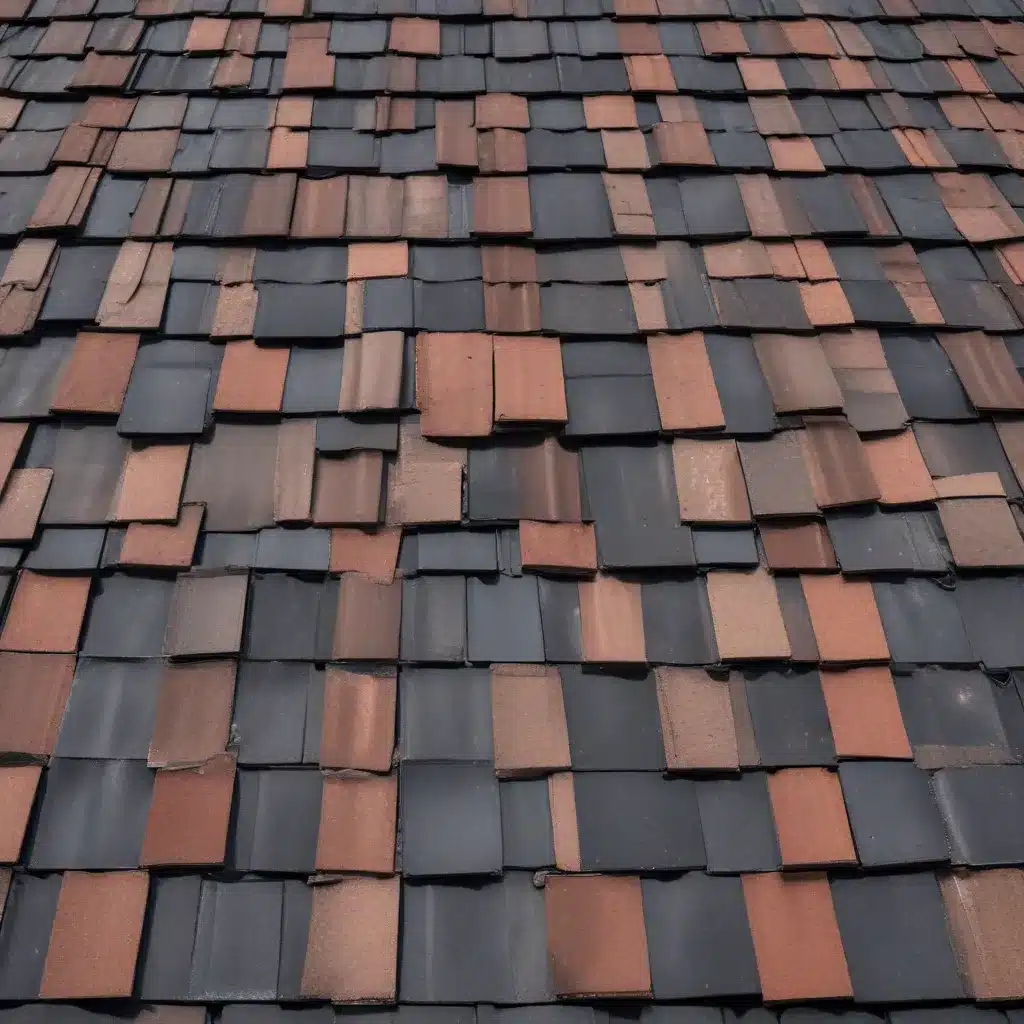
The Evolving Landscape of Sustainable Roofing Solutions
In the ever-changing world of roofing, the integration of phase change materials (PCMs) has emerged as a game-changing technology, promising to revolutionize the way we approach building energy efficiency and indoor comfort. As a seasoned roofing professional, I’m excited to share the latest advancements in this innovative field and explore how PCM-integrated roofing systems can benefit homeowners and commercial building owners alike.
Understanding Phase Change Materials
At the heart of this technology are phase change materials, which possess the unique ability to store and release thermal energy as they undergo phase transitions, such as melting and solidifying. Unlike traditional insulation materials, PCMs can absorb heat during the day and release it at night, effectively regulating the indoor temperature and reducing the reliance on energy-intensive heating and cooling systems.
The selection of the appropriate PCM for a particular application is crucial, as it directly impacts the material’s thermal performance and energy-saving capabilities. Organic PCMs, such as paraffin waxes and fatty acids, offer high latent heat storage, good thermal stability, and relatively low cost. On the other hand, inorganic PCMs, including salt hydrates and metals, boast higher thermal conductivity and volumetric energy storage density, but may face challenges related to supercooling and phase separation. Eutectic PCMs, which are blends of organic and inorganic materials, can strike a balance between these properties, providing a tailored solution for specific building applications.
Integration Methods: Unlocking the Potential of PCMs
Incorporating PCMs into building envelopes, such as roofs, walls, and ceilings, requires careful consideration of various integration techniques. Shape stabilization, where the PCM is encapsulated in a porous matrix or microencapsulated in polymeric shells, helps prevent leakage and improves the material’s mechanical properties. Macroencapsulation, in which the PCM is sealed in containers or pouches, offers a simple and effective way to integrate PCMs into building components. Micro/nanoencapsulation techniques further enhance the thermal performance and durability of PCM-integrated systems by reducing the risk of leakage and improving the material’s thermal response.
One innovative approach is the solid–solid transition technique, where the PCM undergoes a phase change without a liquid state, reducing the risk of leakage and enhancing the material’s structural integrity. These advanced integration methods not only improve the thermal management capabilities of PCM-based roofing systems but also address common challenges, such as fire hazards, potential toxicity, and reduced mechanical performance.
Multifunctional Benefits of PCM-Integrated Roofing
The integration of PCMs into roofing systems offers a multitude of benefits that extend beyond just thermal regulation. By enhancing the thermal inertia of the building envelope, PCM-integrated roofs can significantly delay heat peaks, effectively reducing the number of hours during which the indoor temperature exceeds the thermal comfort range. This, in turn, can mitigate the need for energy-intensive cooling systems during peak demand periods, leading to substantial energy savings and improved indoor comfort for occupants.
Furthermore, the integration of PCMs with other emerging technologies, such as radiant temperature regulation systems, thermochromic windows, and passive radiative cooling coatings, can unlock even greater energy-saving potential and enhance the overall sustainability of the building. These hybrid solutions leverage the complementary capabilities of PCMs and other innovative materials, creating a synergistic effect that optimizes the thermal performance of the building envelope.
Overcoming Challenges and Driving Progress
While the adoption of PCM-integrated roofing systems has shown immense promise, there are still some challenges that need to be addressed. Issues such as fire hazards, potential toxicity, pollution, reduced mechanical performance, and higher initial costs can impede the widespread implementation of this technology. However, ongoing research and development efforts are aimed at tackling these challenges, paving the way for more robust and cost-effective PCM-based solutions.
One key area of focus is the development of more advanced encapsulation techniques and the exploration of novel PCM formulations that address the concerns surrounding flammability, toxicity, and long-term durability. Additionally, the optimization of PCM integration methods, the advancement of hybrid technologies, and the exploration of potential applications in diverse building contexts will further drive the progress of this field.
Towards a Sustainable and Resilient Roofing Future
The integration of phase change materials into roofing systems represents a significant step towards a more sustainable and energy-efficient built environment. By harnessing the thermal energy storage and regulation capabilities of PCMs, roofing professionals can now offer homeowners and commercial building owners a range of innovative solutions that enhance indoor comfort, reduce energy consumption, and contribute to a greener, more resilient future.
As a leading roofing expert, Roofers in Northampton is committed to staying at the forefront of these advancements, exploring the latest PCM-integrated roofing technologies and providing our clients with the most cutting-edge and energy-efficient roofing options available. By embracing these transformative solutions, we can collectively work towards a future where buildings not only protect us from the elements but also actively contribute to a more sustainable and resilient built environment.
Conclusion
The integration of phase change materials into roofing systems has emerged as a transformative technology, offering a myriad of benefits that extend far beyond traditional roofing solutions. From enhanced thermal regulation and energy storage capabilities to the potential for hybrid applications, PCM-integrated roofing systems are poised to redefine the way we approach building energy efficiency and indoor comfort.
As a seasoned roofing professional, I’m excited to witness the continued advancements in this field and to play a role in shaping the future of sustainable roofing. By staying informed about the latest trends, incorporating PCM-based solutions, and collaborating with industry partners, we can ensure that the roofing industry remains at the forefront of innovation, delivering exceptional value to our clients and contributing to a more sustainable, energy-efficient, and resilient built environment.

